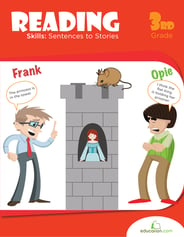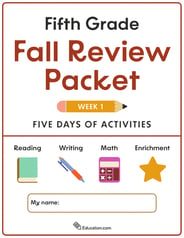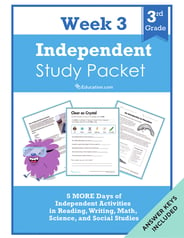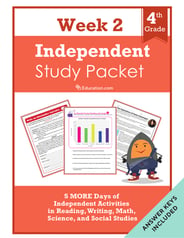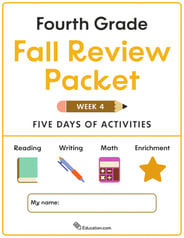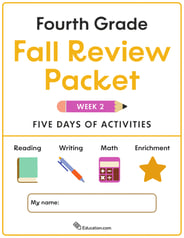- Worksheets
- Games
- Lesson Plans
- Workbooks
- Exercises
- Science Projects
- Skills Progression
- More
Search Figurative Language Educational Resources
251 filtered results
251 filtered results
Figurative Language
Sort by

Targeted Reading Skills Practice: Figurative Language in The Lion, the Witch and the Wardrobe
Worksheet
Targeted Reading Skills Practice: Figurative Language in The Lion, the Witch and the Wardrobe
Practice analyzing figurative language in context with this excerpt from C.S. Lewis’s classic fantasy novel, The Lion, The Witch and the Wardrobe!
6th grade
Reading & Writing
Worksheet

Figurative Language
Guided Lesson
Figurative Language
As students begin to read more sophisticated texts, understanding how authors use figurative language becomes critical. In this unit, students will revisit some of the figurative language they learned in fourth grade and also study some new ones too, including onomatopoeia, hyperbole, puns and oxymorons. Analyzing how figurative language is used in texts will help readers apply what they have learned.
5th grade
Reading & Writing
Guided Lesson



